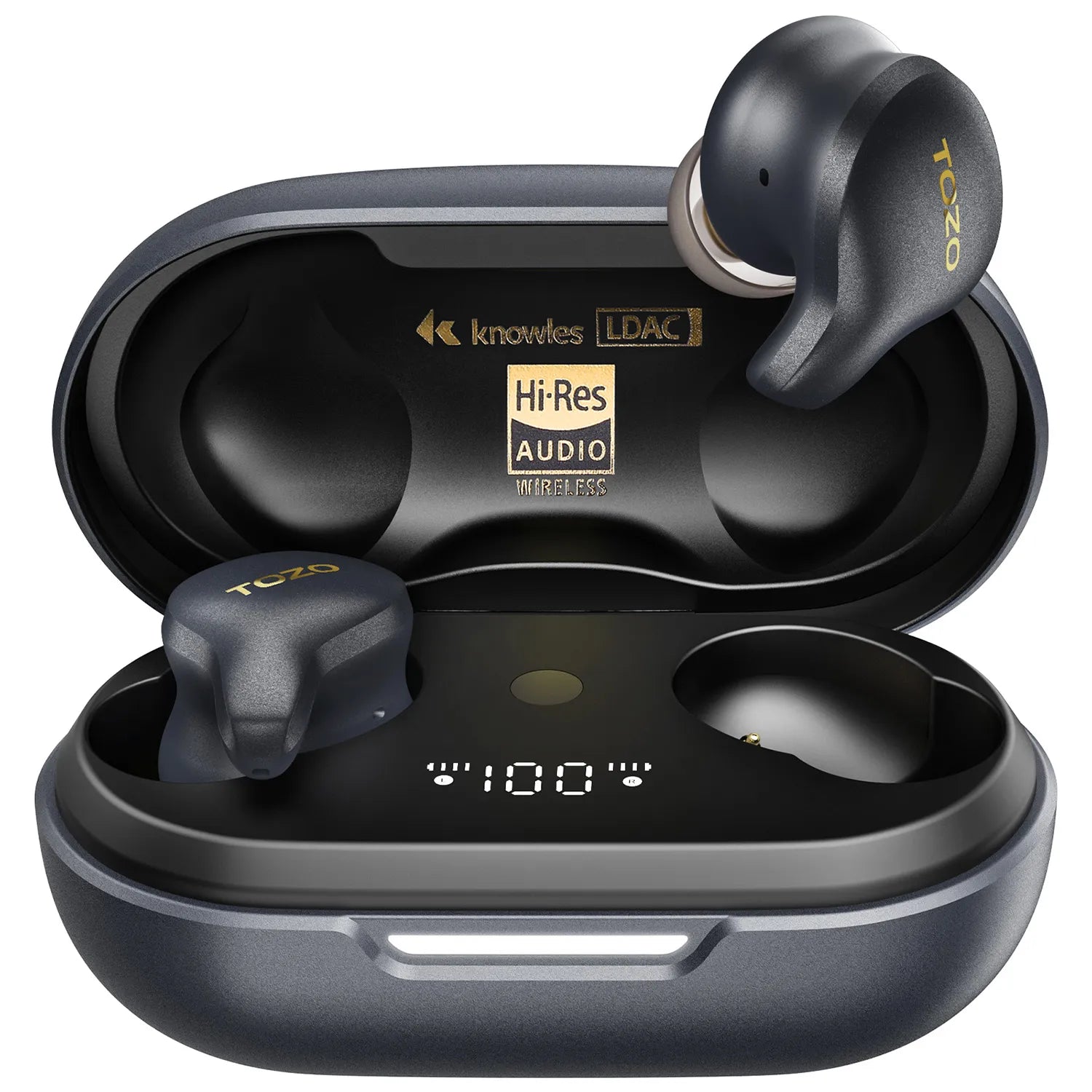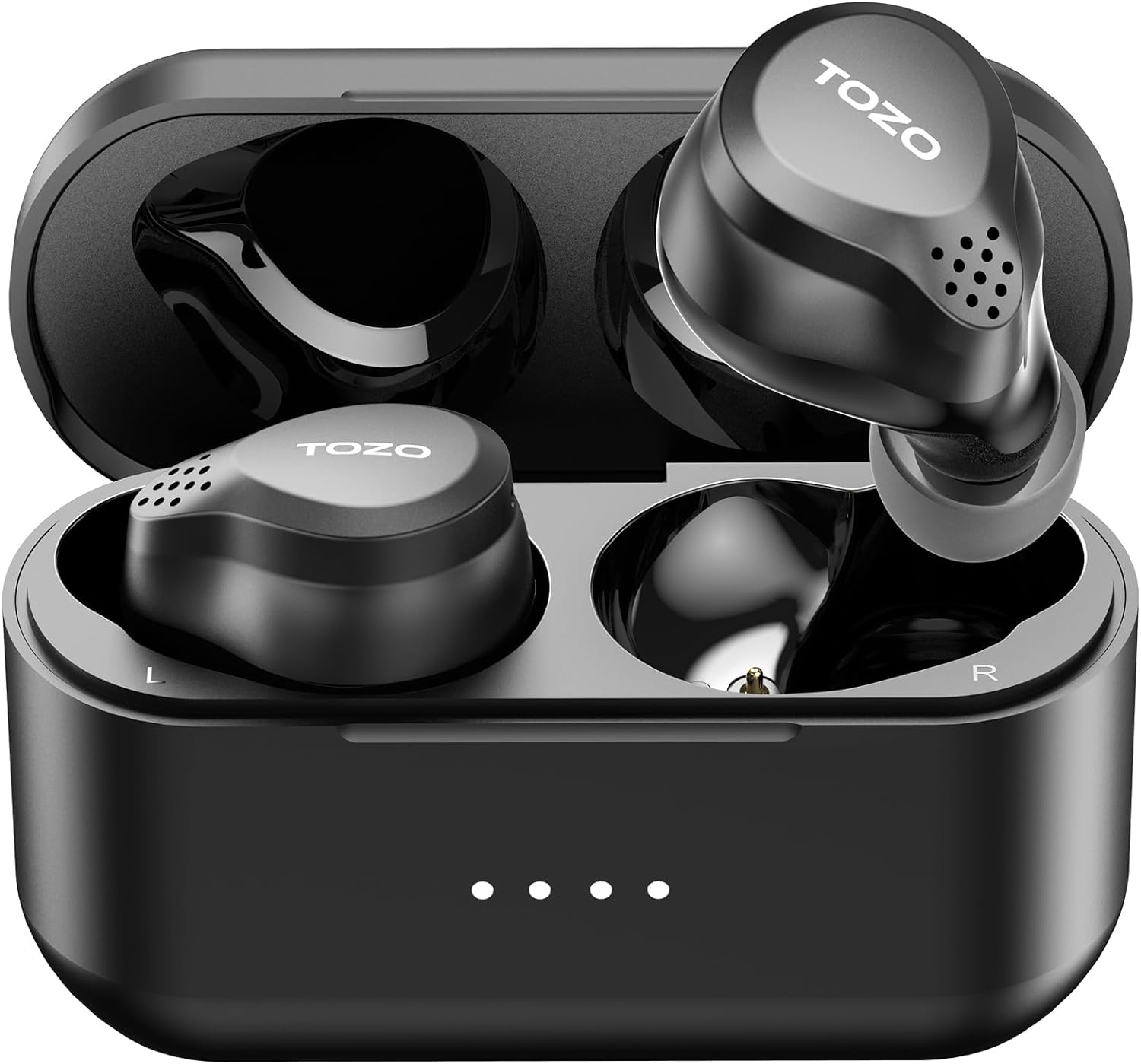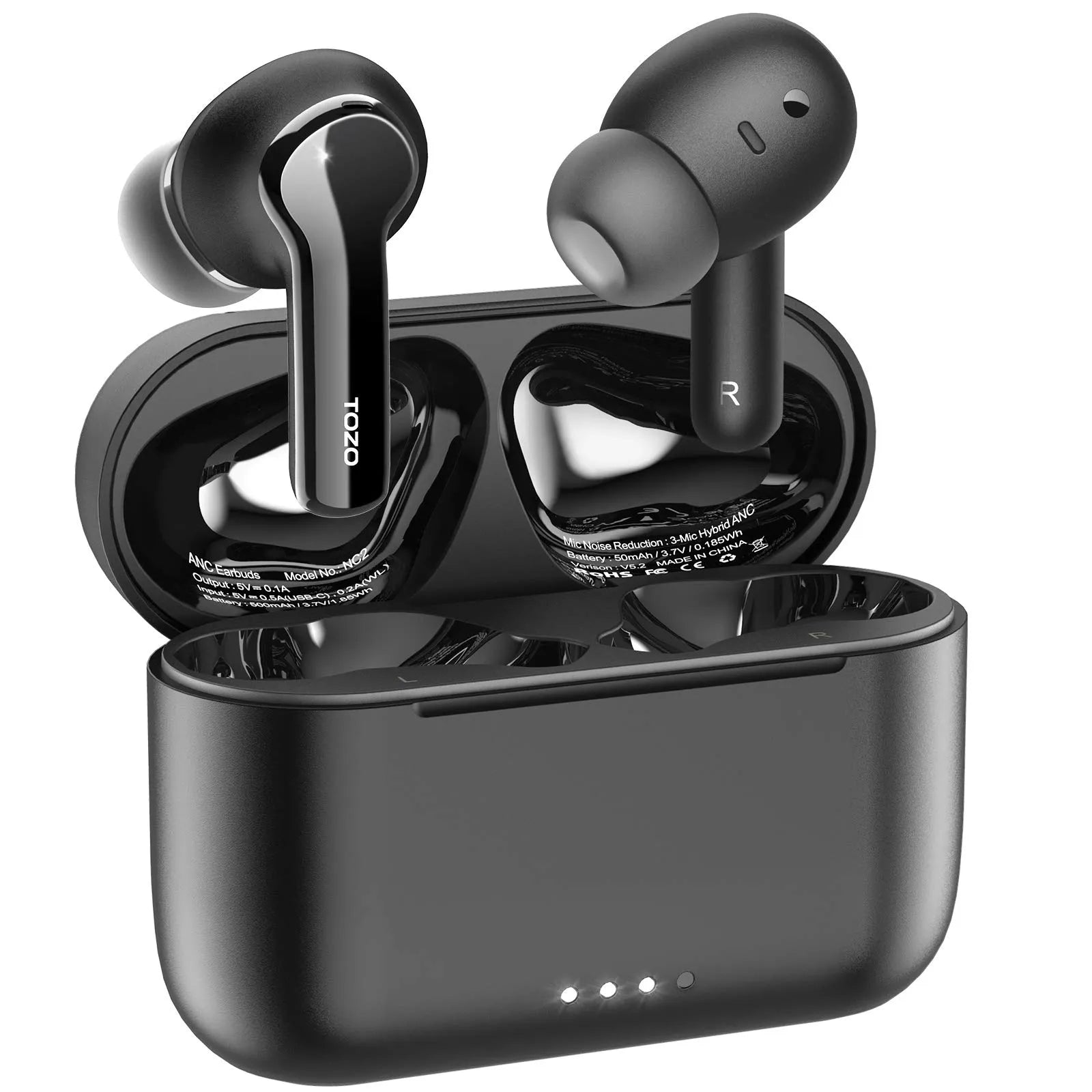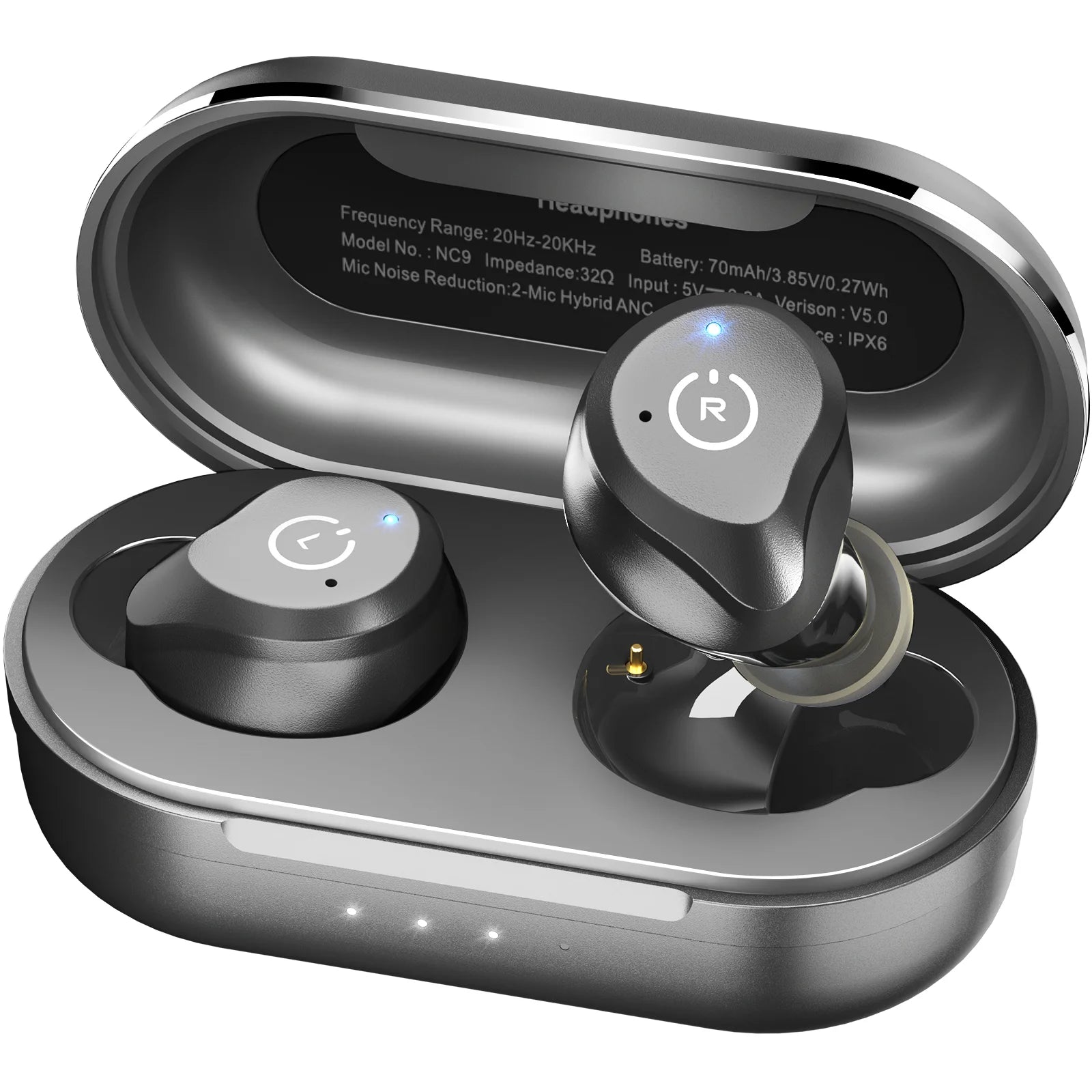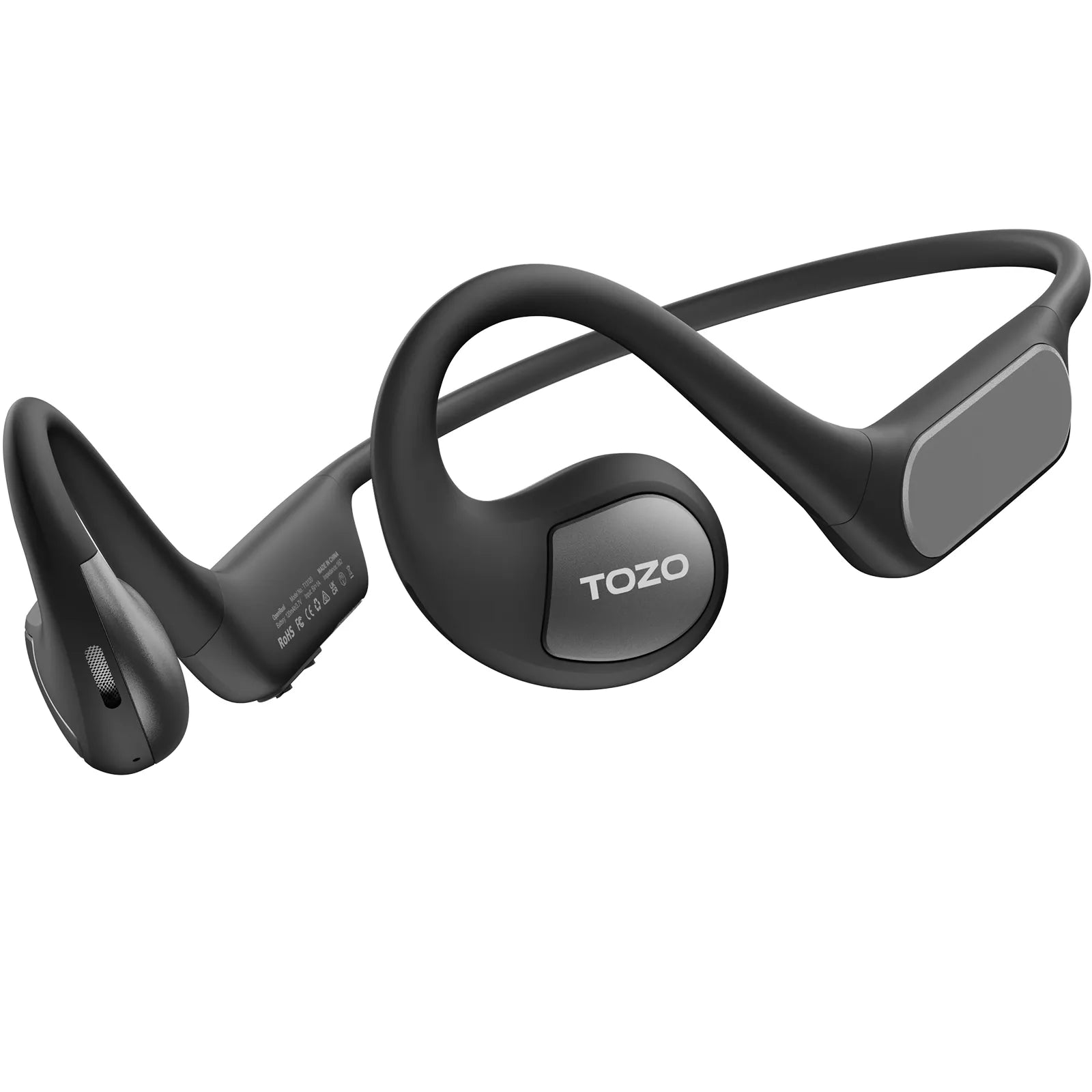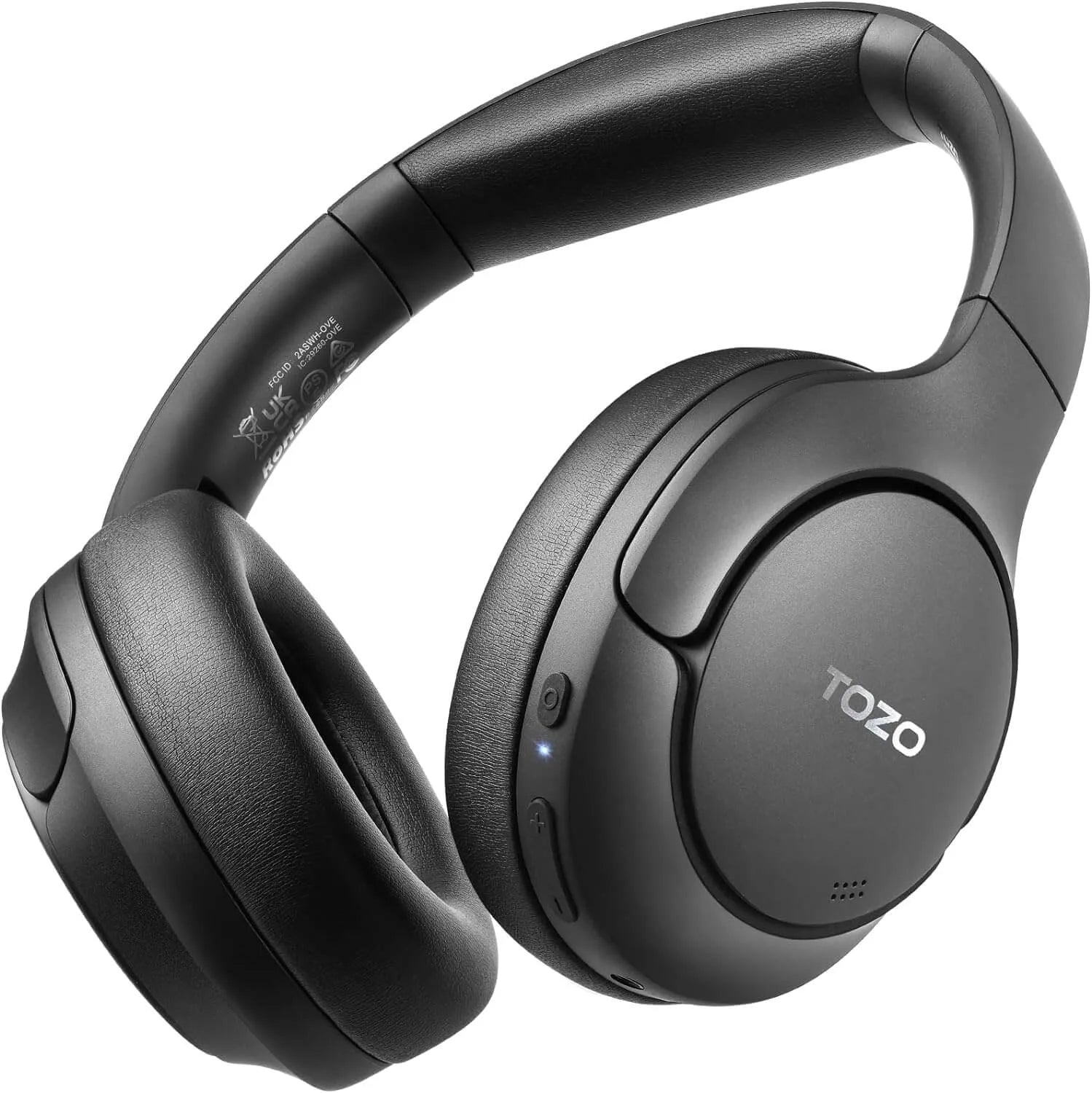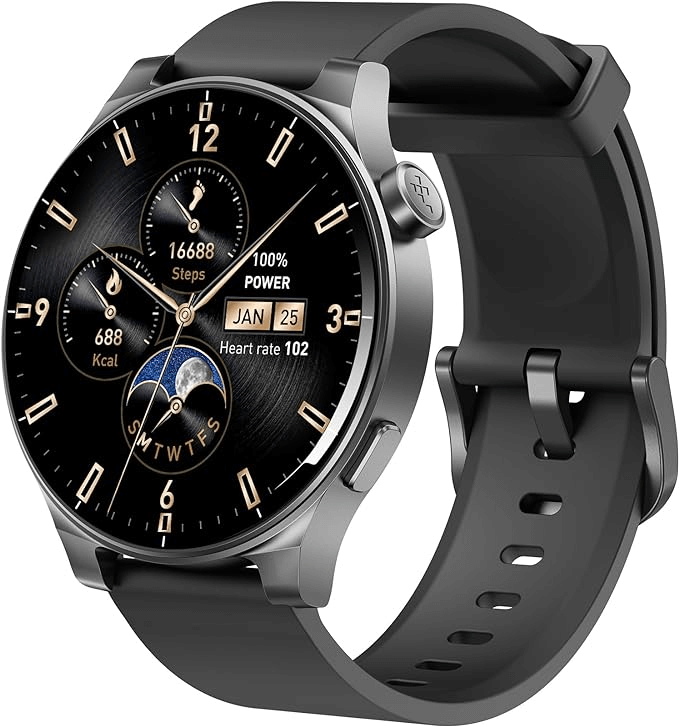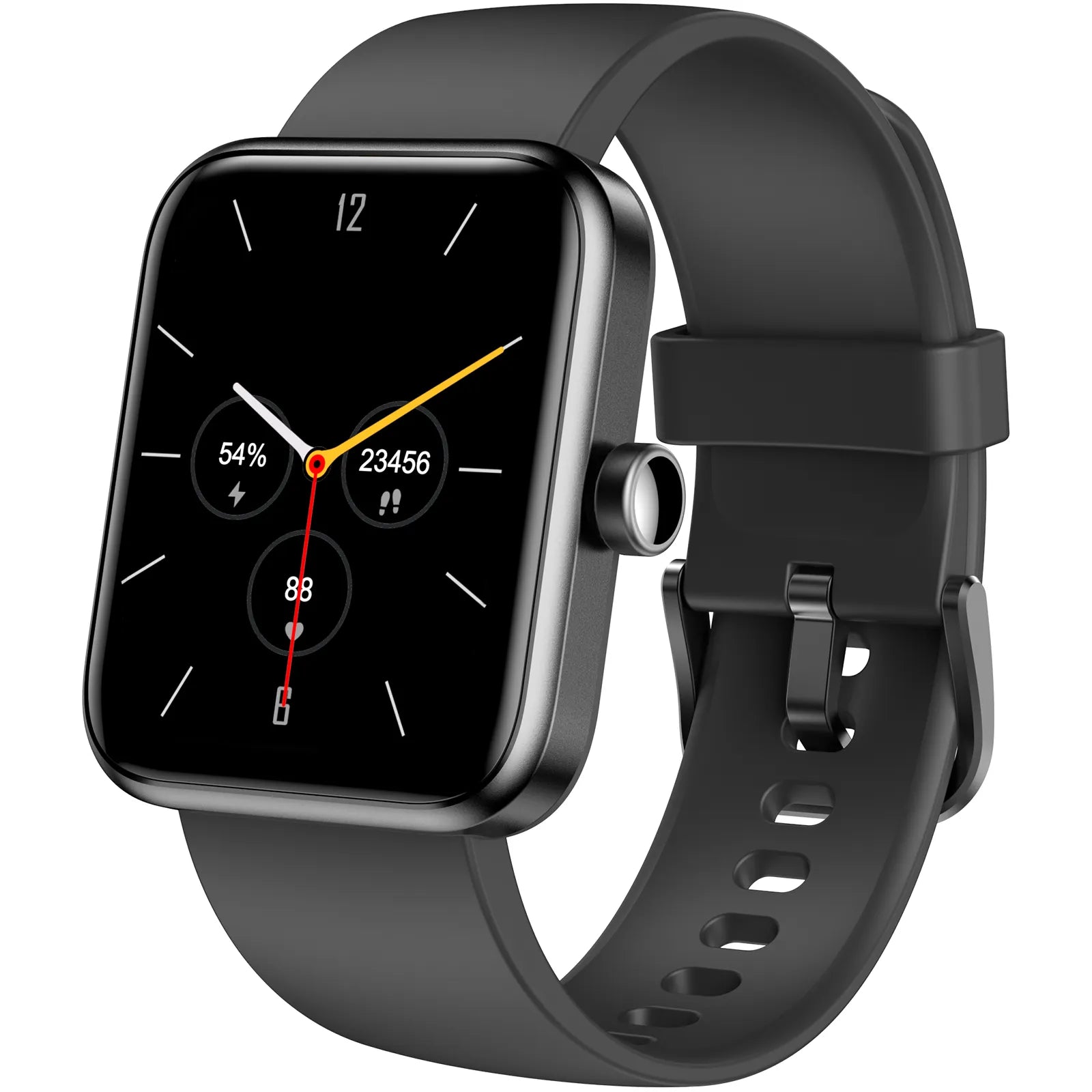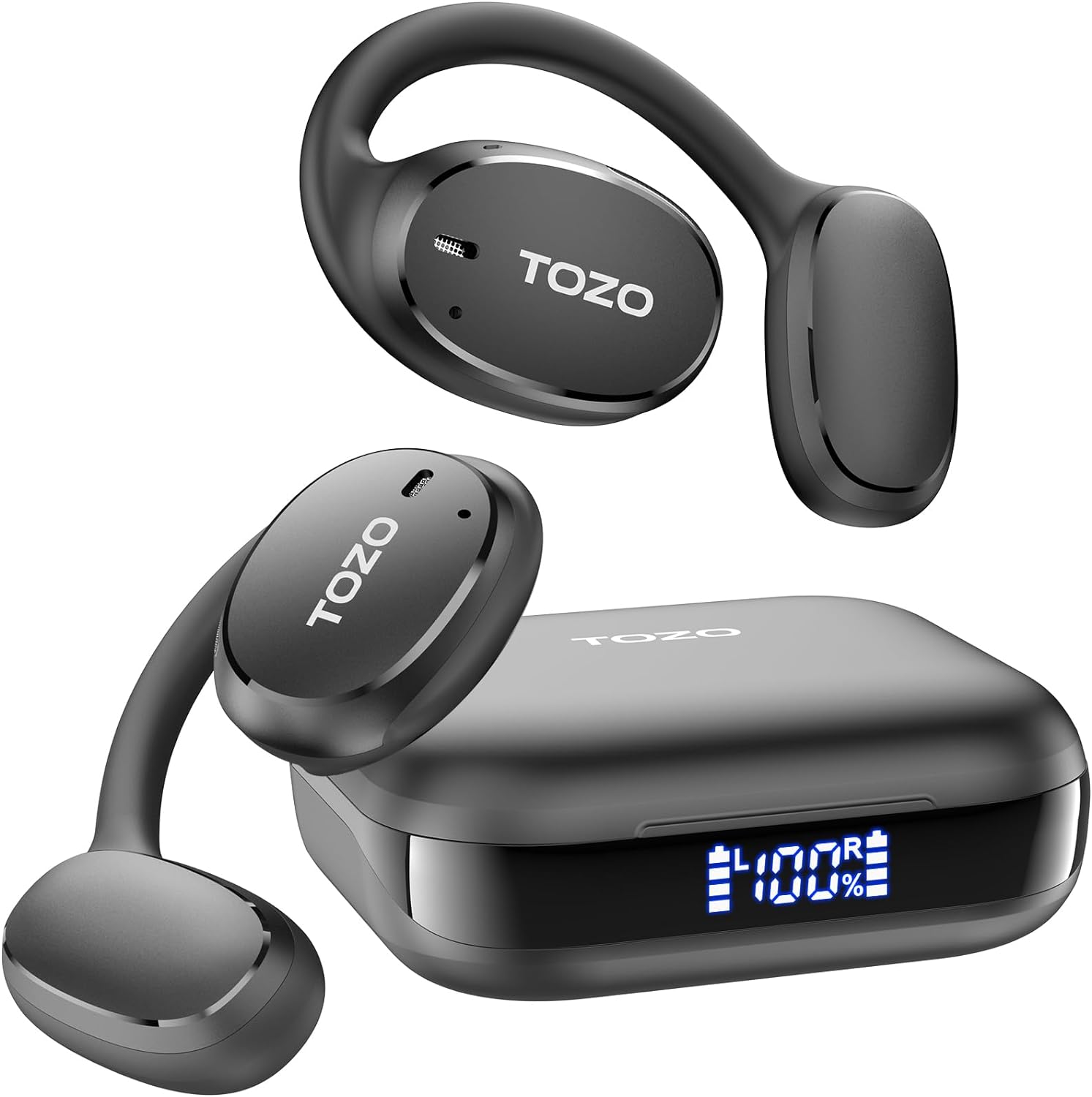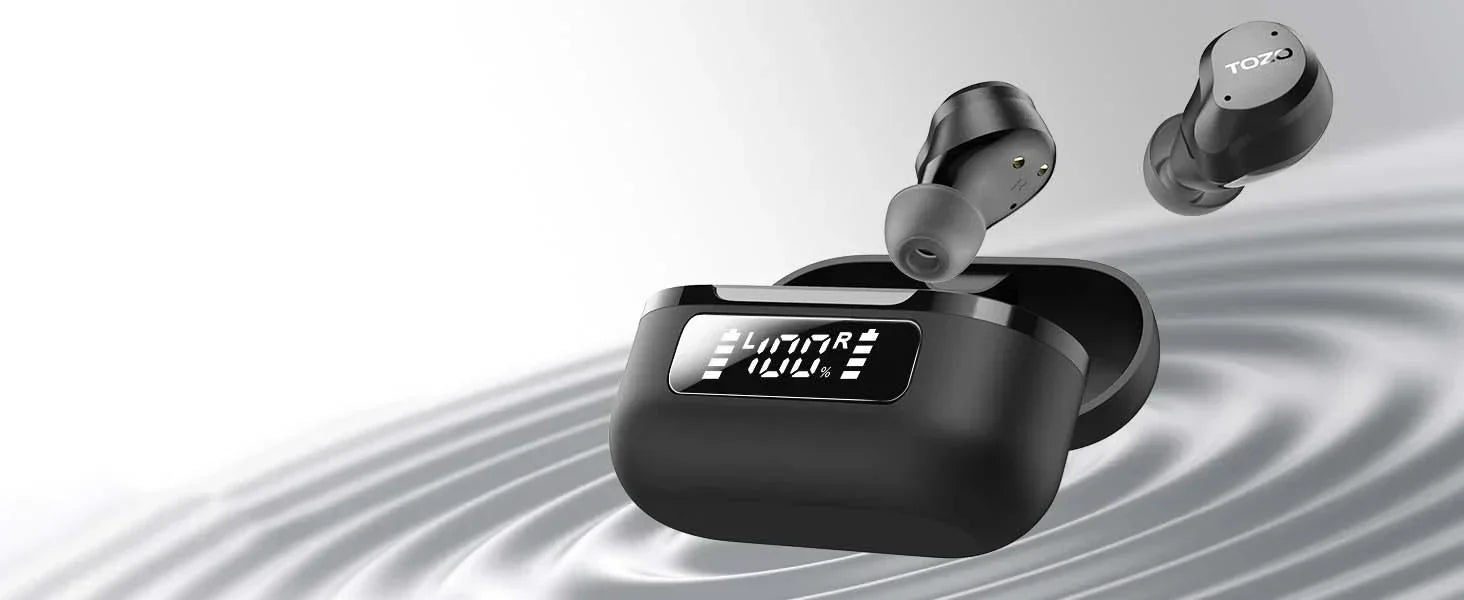Learn about the innovative design and functionality of open-ear headphones that combine ambient sound awareness with high-quality audio.
Introduction to Open-Ear Headphones
Open-ear headphones are gaining popularity for their ability to deliver sound directly to your ears while keeping you connected to your environment, ideal for busy athletes, students, and professionals.
How Do Open-Ear Headphones Work?
Utilizing technologies like air conduction and bone conduction, open-ear headphones provide a unique audio experience by positioning the sound in front of the ear canal, allowing users to remain aware of their surroundings.
History and Development
The evolution of open-ear headphones began with the advent of audiology, leading to innovations that span from open-back to the modern open-ear designs used today.
Types of Open-Ear Headphones
By Technology
Differentiate between air conduction and bone conduction technologies and how they cater to the user's audio experience while keeping them aware of their environment.

By Wearing Methods
Examine the various designs like earhooks, ear clips, and neckbands, each suited for different activities and preferences.
- Enhanced Situational Awareness
Wearing open-ear headphones frees up your ear canal. Other sounds, such as vehicles and wildlife, are clearly heard through air conduction. As a result, you can bike or jog without worrying about missing out on environmental cues. Other headphones isolate your ears, which creates dangerous situations when you're out in public. Safety is inherently part of open-ear headphone designs.
- Natural Soundstage
Because the headphones are open to the air, their design creates a natural soundstage. By definition, a natural soundstage means you hear the music as if it originates from an outside source. In short, fewer resonances impact your listening session, which leads to clear and crisp sounds on various frequency levels.
- Comfort and Breathability
You can wear open-ear headphones for several hours without any discomfort. They don't press into your ear canal, which can lead to pain, moisture accumulation, and possible bacteria buildup. If you work up a sweat, the open-ear design allows your ear to remain open and free for normal evaporation.
Benefits of Open-Ear Headphones
There are a few key characteristics of open-ear headphones that stand out to consumers. When compared to other headphone styles, these benefits are distinct and highlight the open-ear design.
Frequently Asked Questions
What are open-ear headphones? How do open-ear headphones work? Now that you know the basics, it's time to ask a few more questions about these unique devices.
Can I Use Open-Ear Headphones for Phone Calls?
Open-ear headphones are well-suited for phone calls. As you take a call, you can hear the caller and your surrounding environment. If your caller has a quiet voice, simply turn up the volume for better hearing.
Can I Use Open-Ear Headphones for Gaming or Watching Movies?
You can use open-ear headphones for gaming or movies, but you will hear ambient noise. If you want to immerse yourself in a game or story, alternative headphones would be necessary. In addition, the gaming or movie sounds might be overheard by others if you wear open-ear headphones. If you're trying to be discreet about your activities, try closed-ear headphones.
Are There Drawbacks to Open-Ear Headphones?
If your product uses bone conduction technology, some low frequencies can be lost to your surroundings. Ideally, high frequencies are better suited to open-ear headphones. For example, listening to a podcast or audiobook offers a crisp sound.
Also, some consumers don't appreciate the pressure against the head with bone conduction styles. Because the vibrations must move through the skull, the headphones require consistent pressure on the head. Keep this fact in mind as you shop for the perfect pair of headphones.






















